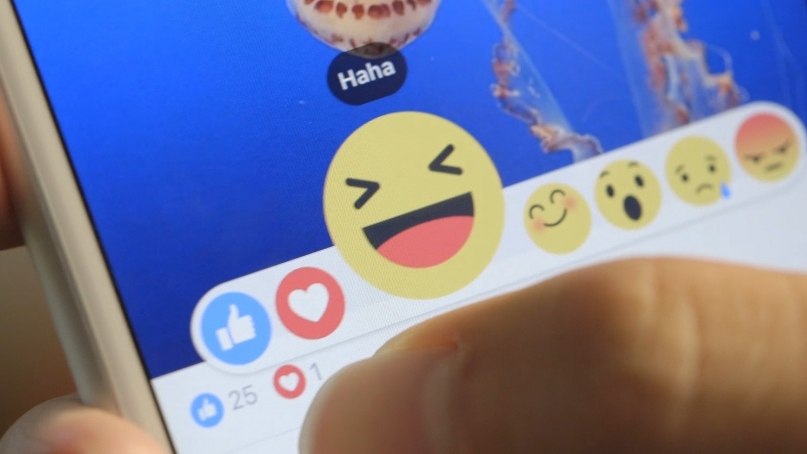-
Tips for becoming a good boxer - November 6, 2020
-
7 expert tips for making your hens night a memorable one - November 6, 2020
-
5 reasons to host your Christmas party on a cruise boat - November 6, 2020
-
What to do when you’re charged with a crime - November 6, 2020
-
Should you get one or multiple dogs? Here’s all you need to know - November 3, 2020
-
A Guide: How to Build Your Very Own Magic Mirror - February 14, 2019
-
Our Top Inspirational Baseball Stars - November 24, 2018
-
Five Tech Tools That Will Help You Turn Your Blog into a Business - November 24, 2018
-
How to Indulge on Vacation without Expanding Your Waist - November 9, 2018
-
5 Strategies for Businesses to Appeal to Today’s Increasingly Mobile-Crazed Customers - November 9, 2018
Facebook Introduces Five New Ways To React to Posts
The new Reactions apply to most kinds of Facebook posts. Users have always been requesting a way of expressing more varied opinions on posts, since, as Zuckerberg puts it: “When you only have a Like button, if you share a sad piece of content or something that makes you angry, people may not have the tool to react to it”.
Advertisement
The network, with 1.6 billion users, on Wednesday rolled out its new “Reactions” button, which expands the range of emotional responses far beyond the “thumbs up” known as “like”.
“Not every moment you want to share is happy”.
Facebook describes Reactions as an extension to the Like button.
Great news for anyone who’s ever wanted to post a different reaction other than “liking” a friend’s Facebook status – starting today, you’ll be able to express a much wider range of emotions.
The familiar “like” button with a thumbsup image will still be there, alongside the new emoticon icons.
The feature allows users to hover over the “like” button on their desktop, or hold down the “like” button on a mobile device to access five emoji reactions. “For more than a year we have been conducting global research including focus groups and surveys to determine what types of reactions people would want to use most”. The “Like” option, which has become synonymous with Facebook, will still be there.
The new “Reactions” are one of the biggest changes to Facebook since its inception 12 years ago – right next to the News Feed and Timeline.
Advertisement
After Facebook’s test runs of the reactions back in October 2015, users’ long-awaited change is finally here.




























